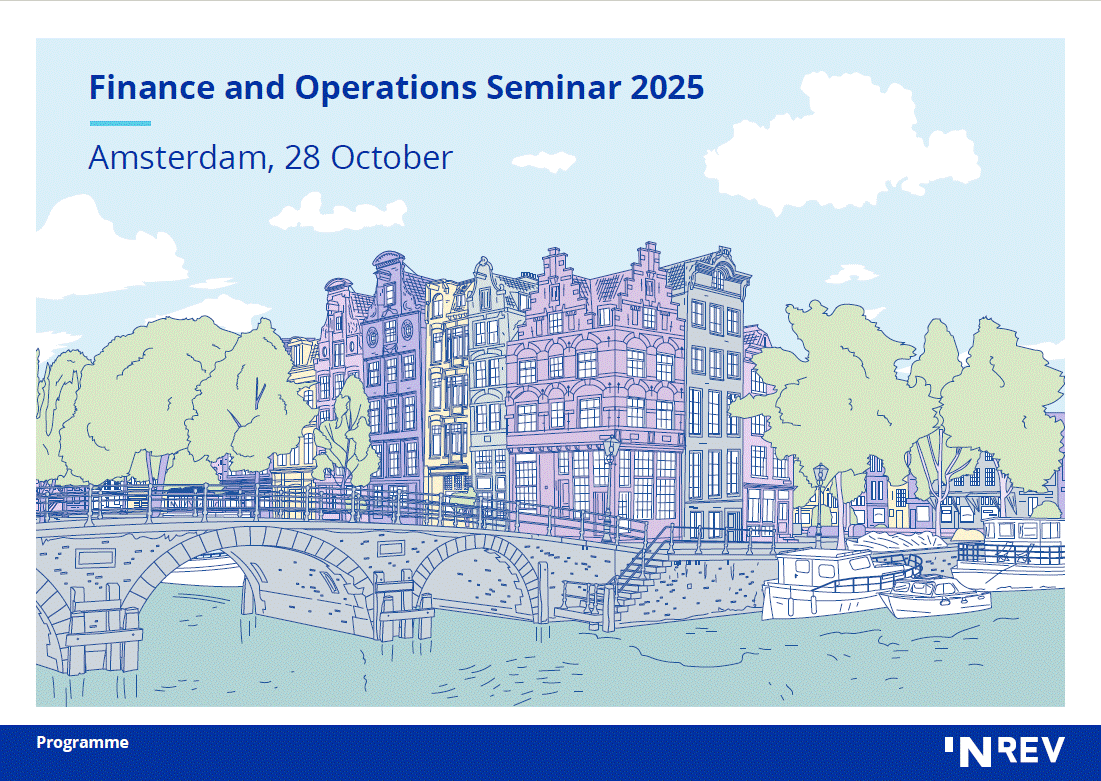Infrastructure investments have become an increasingly attractive asset class for insurance companies operating under the Solvency II regulation. Solvency II, implemented in 2016, aims to standardize and strengthen the regulation of insurance and reinsurance companies within the European Union (EU). It introduced a risk-based approach, emphasizing the need for insurers to manage their investments prudently. In this context, infrastructure investments offer a unique opportunity for insurers to diversify their portfolios, generate stable returns, and meet the stringent Solvency II requirements.
Solvency II is a comprehensive regulatory framework that sets out capital requirements, risk management standards, and reporting obligations for insurance companies across the EU. It was designed to ensure that insurers can meet their financial obligations to policyholders while promoting financial stability within the insurance industry.
Under Solvency II, insurance companies are required to hold a minimum amount of regulatory capital, known as the Solvency Capital Requirement (SCR), which is determined based on a rigorous risk assessment. The SCR is calculated by considering various risk factors, including market risk, credit risk, operational risk, and underwriting risk.
Infrastructure investments refer to the financing, development, and operation of essential facilities and systems, such as transportation networks, energy production, and utilities. These assets are typically characterized by stable, long-term cash flows and relatively low correlations with traditional asset classes like equities and bonds. As a result, they offer insurers an attractive means of diversifying their investment portfolios and enhancing risk-adjusted returns.
Key Benefits of Infrastructure Investments for Insurers are:
- Diversification: Infrastructure investments have a low correlation with traditional assets, making them an effective way to diversify a portfolio. Diversification can help insurers reduce the overall risk in their investment portfolios, which is a key consideration under Solvency II.
- Stable Cash Flows: Many infrastructure assets, such as toll roads and utilities, provide stable and predictable cash flows. This stability can help insurers meet their policyholder obligations consistently and reduce the volatility of their financial results.
- Long-Term Horizon: Solvency II encourages insurers to adopt a long-term perspective when managing their investments. Infrastructure investments often have long investment horizons, aligning well with this requirement.
- Inflation Hedge: Certain infrastructure assets, such as inflation-linked bonds and renewable energy projects, can serve as a hedge against inflation, helping insurers protect the real value of their assets over time.
- Regulatory Support: Solvency II recognizes infrastructure investments as eligible assets, subject to specific risk factors and capital charges. This regulatory support provides insurers with a clear framework for incorporating infrastructure into their investment strategies.
As one of the goals is to make investments in infrastructure projects more attractive, the EU has set out some rules in the Solvency II requirements that come along with facilities in terms of capital requirements. This applies to infrastructure investments that are considered as “qualifying infrastructure investments”. These “qualifying infrastructure investments” have better risk characteristics than other infrastructure investments and therefore have a positive impact on the SCR.
An infrastructure investment can qualify either through an infrastructure project or an infrastructure corporate.
Qualified infrastructure projects are physical structures, facilities, systems or networks that support public services to provide infrastructure services in the European Economic Area or in the OECD. The goal of those projects is to benefit the society in the European Union. For the realization of those projects, a so-called SPV (Special Purpose Vehicle) must be created. The sole purpose of the SPV is to finance, develop and operate those infrastructure projects.
An investment in such an infrastructure SPV must fulfil several requirements such as:
- There must be a high degree of investor protection by granting contractual rights i.e. limitations in relation to the use of revenues other than for servicing debt.
- All cash flows from the infrastructure project must be predictable. Where the revenues of the infrastructure entity are not funded by payments from a large number of users, the user must be a public entity or corporate with minimum an investment grade rating
- If shares, bonds or loans are used for the investment in the SPV, there are further requirements that ensure a professional, risk-compliant management of the infrastructure project
A qualified infrastructure corporate is an infrastructure entity that meets the following criteria:
- The substantial majority of the infrastructure entity’s revenues is derived from owning, financing, developing or operating infrastructure assets located in the European Economic Area or the OECD
- The revenues are generated by qualified infrastructure assets
- Where the revenues of the infrastructure entity are not funded by payments from a large number of users the corporate must be a public entity or corporate with a minimum investment grade rating.
- The revenues shall be diversified in terms of activities, location, or payers.
- Where investments are in bonds or loans, the insurance or reinsurance undertaking can demonstrate to the supervisor that it is able to hold the investment to maturity.
- Where no credit rating is available, the capital structure of the infrastructure corporate shall allow it to service all its debt under conservative assumptions based on an analysis of the relevant financial ratios or the infrastructure entity shall have been active for at least three years
- Where a credit rating is available, the infrastructure entity shall have a credit quality step between 0 and 3 (Investment Grade)
The classification of an infrastructure investment as a qualified infrastructure investment has a significant impact on the insurance’s capital requirements. As an example, the calibration of the stress factor for such an investment in equity is lowered from 49% to 30%. With regard to bond investments, the effective reduction of the risk calibration compared with the previous risk calibration is over 30% for bonds of credit quality step 3 and over 40% for unrated bonds.
While infrastructure investments offer compelling benefits, insurers must carefully consider several factors when including them in their portfolios under Solvency II:
- Risk Assessment: Insurers must accurately assess the risks associated with infrastructure investments, including operational, regulatory, and market risks. These assessments will impact the calculation of the SCR and the required capital.
- Illiquidity: Many infrastructure assets are illiquid, which can pose challenges in terms of asset management and liquidity risk. Insurers must have a plan in place to manage these issues effectively.
- Valuation: Valuing infrastructure assets can be complex, as they often lack a liquid secondary market. Accurate and consistent valuation methodologies are crucial for regulatory compliance.
- Due Diligence: Conducting thorough due diligence on potential infrastructure investments is essential to mitigate risks. This includes assessing the financial health of project operators and understanding the legal and regulatory environment.
In case you want to learn more about the impact of qualified infrastructure investment on the SCR of your fund or portfolio, please do not hesitate to contact us. Our team is happy to share more insights.


